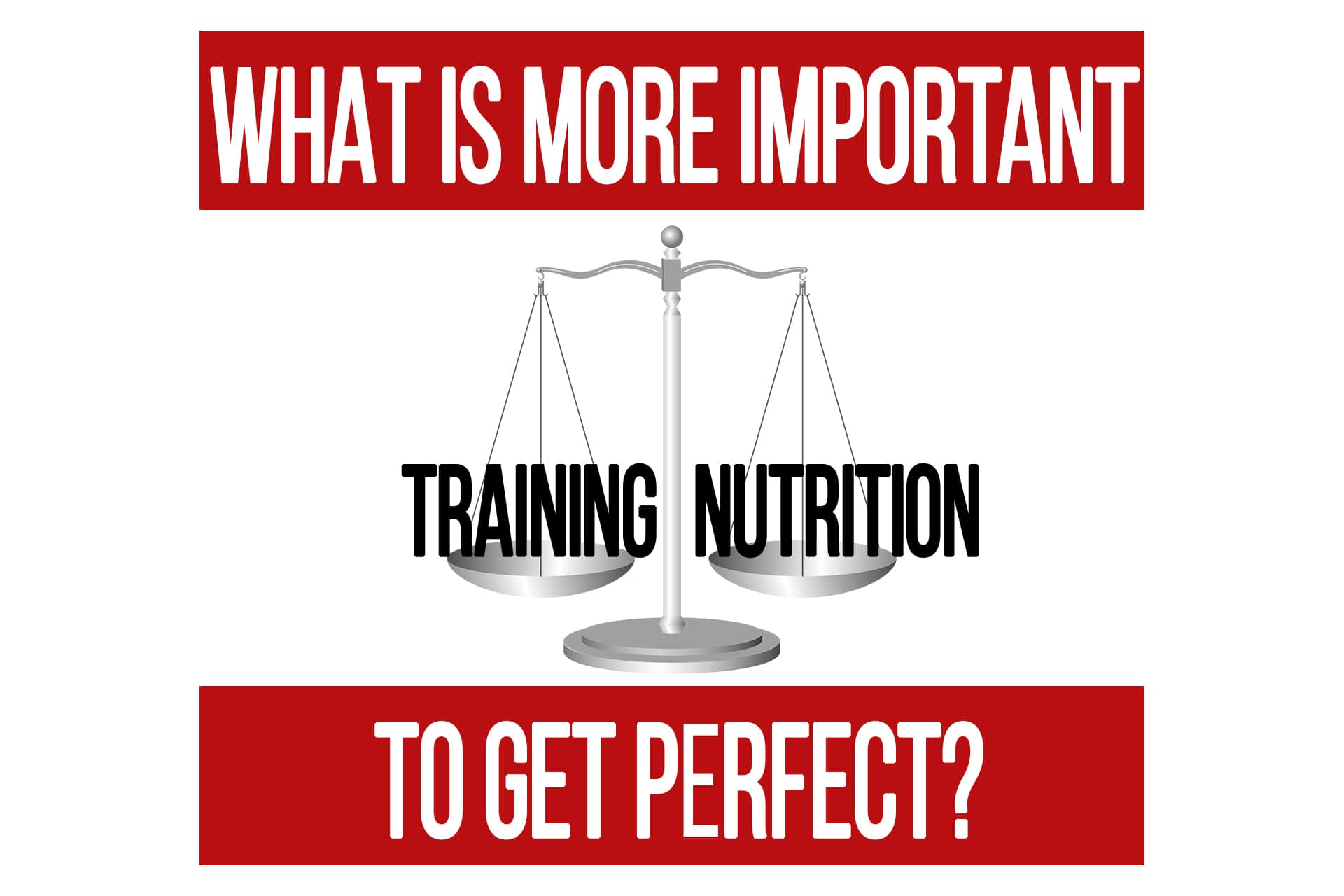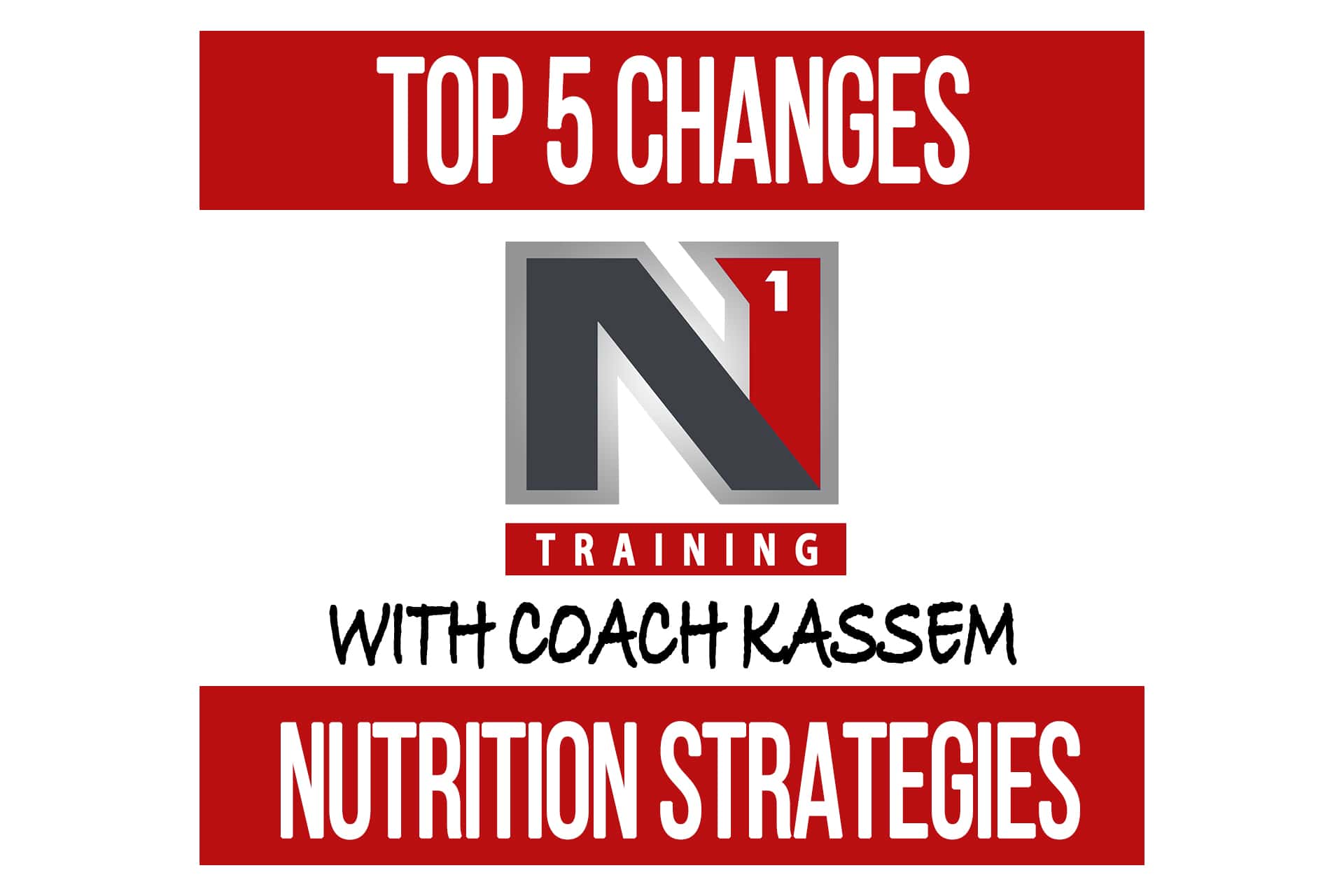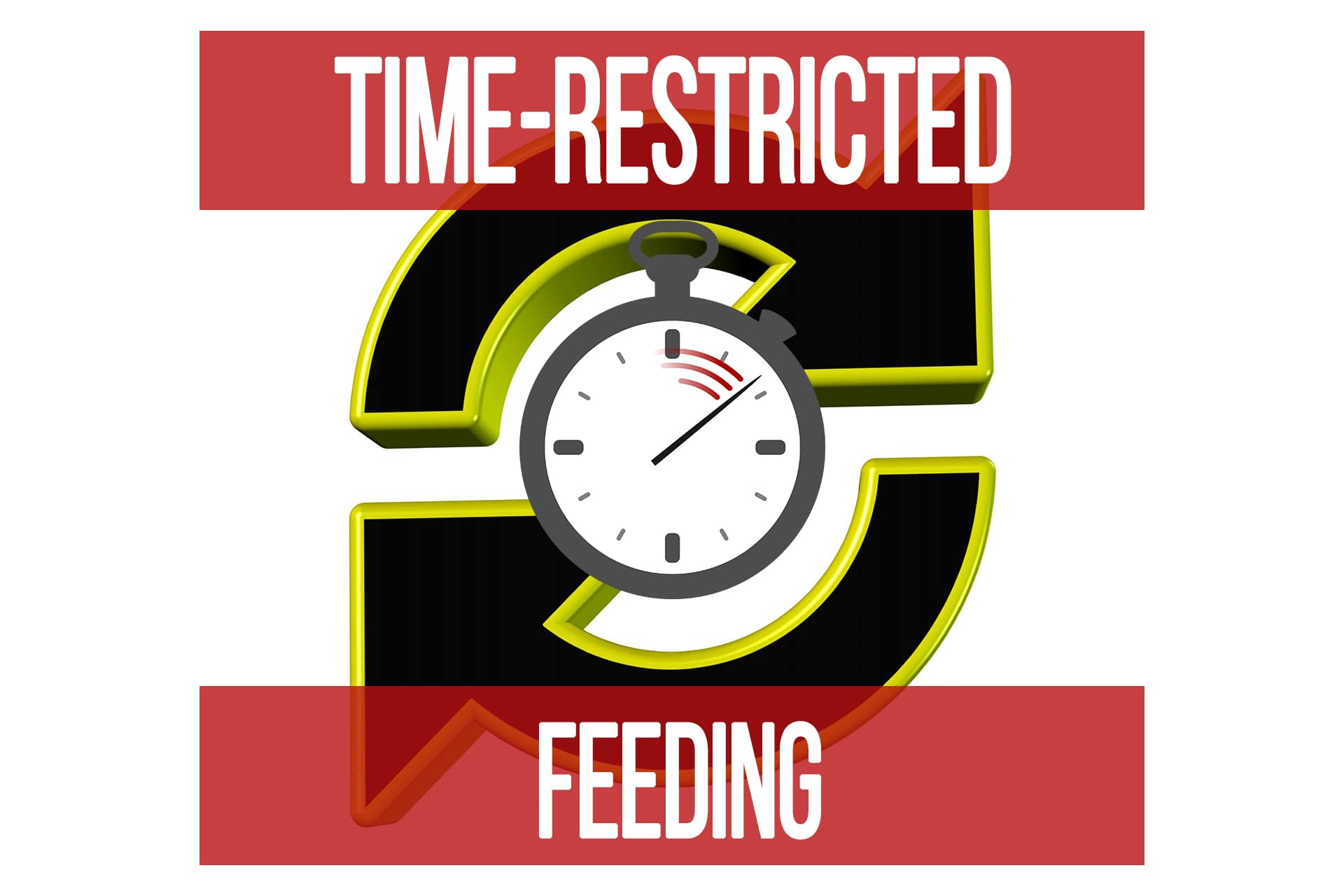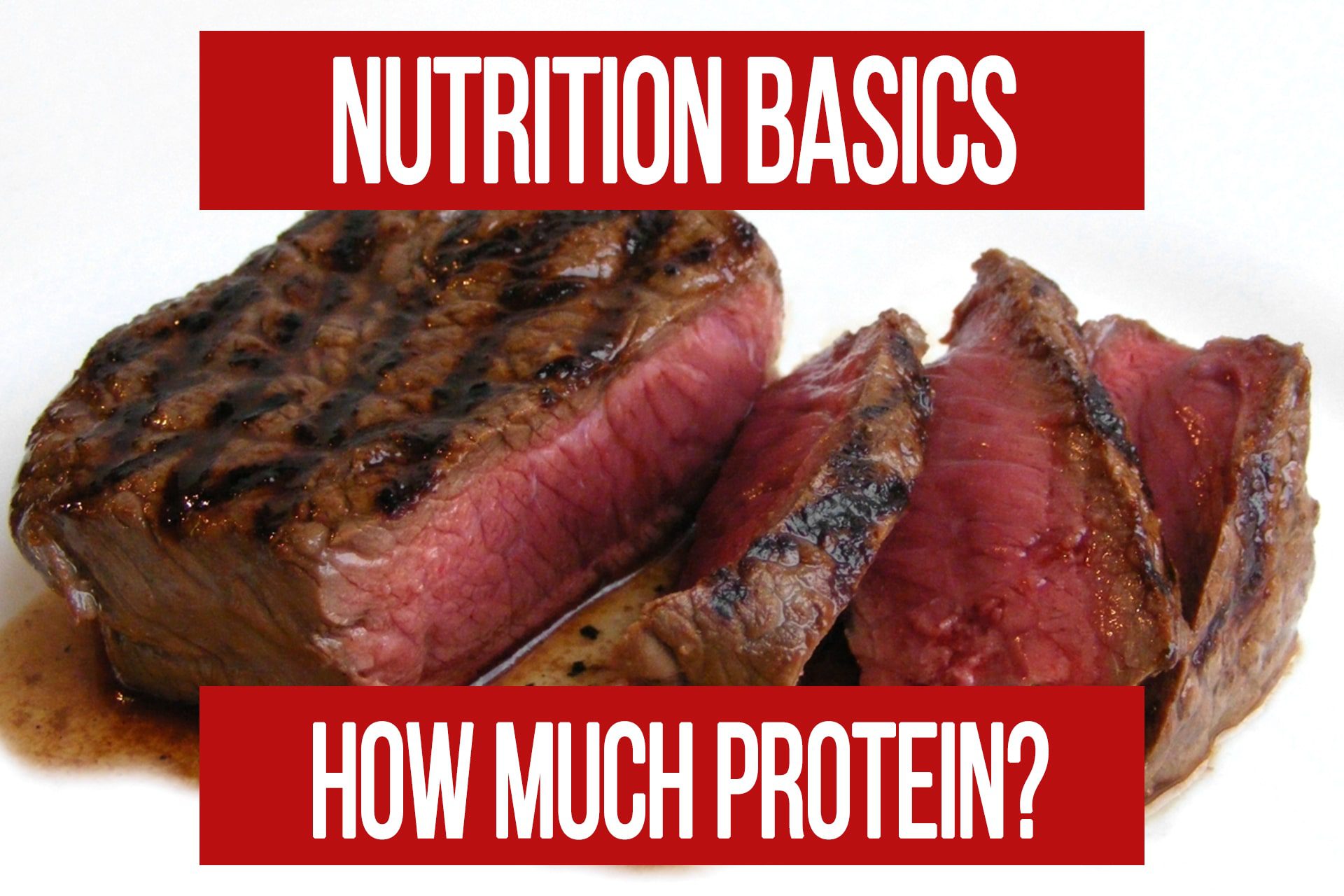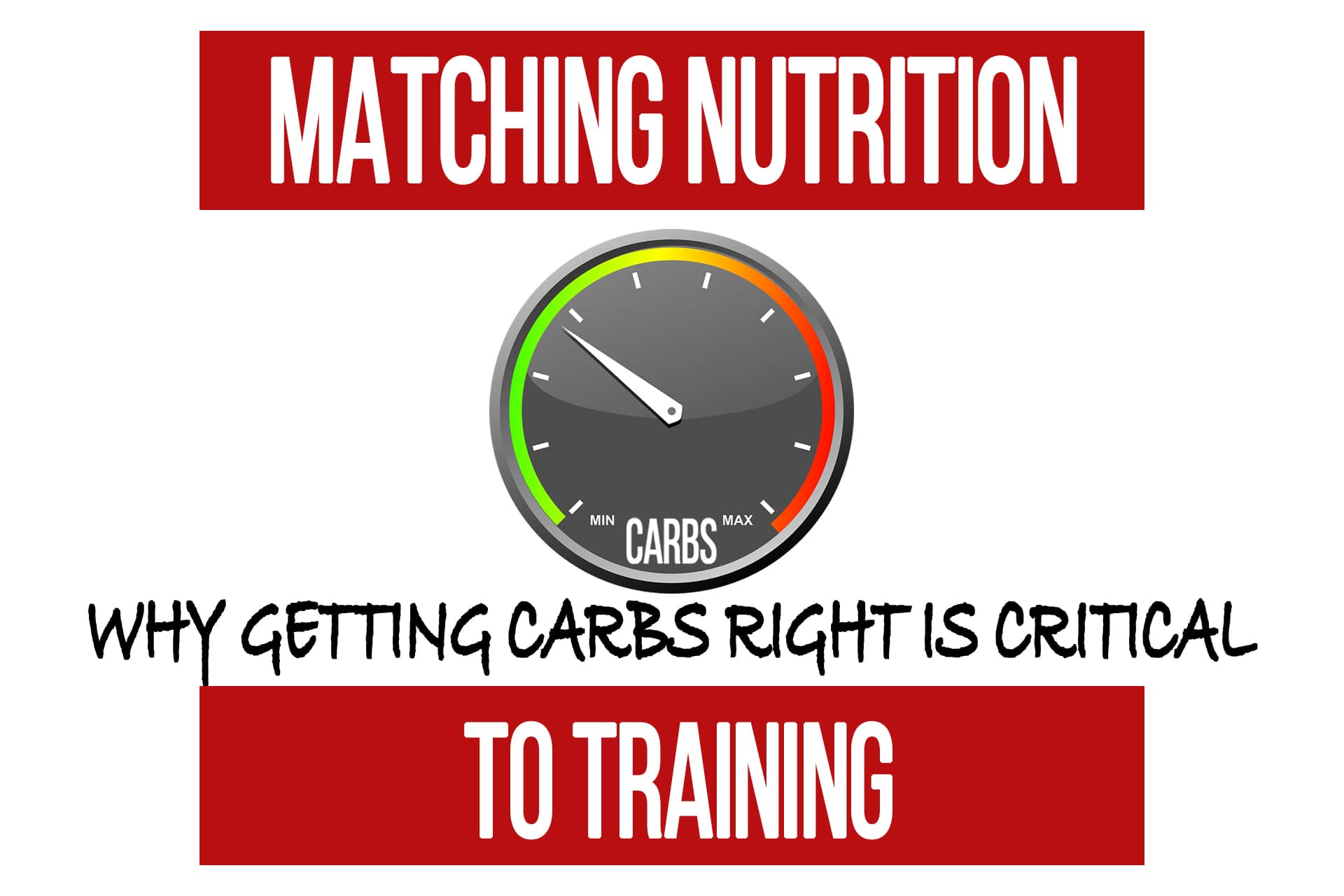Somatotype Nutrition: Useful or Useless?
n1 training
Basing nutrition recommendations on physical appearance, also known as “body type” or somatotype, is not new. While there are some general guidelines that this type of approach can provide for helping people get started with their nutrition, there are some serious shortcomings and considerations that we need to take into account if we want the best results possible.
The 3 Somatotypes
Here are the common definitions of the three primary somatotypes (body types) with the typical guidelines for diet and training from what is promoted on the interwebs.
Ectomorph
Slender frame, little muscle tissue, and classifies themselves as a “hardgainer”. They seem to be able to eat a lot of food without gaining much weight.
Typical General Recommendations: High carb diet, compound exercise workouts 3-4x week, no cardio
Endomorph
Classified as having a “blocky” structure and having a higher percent of body fat. Struggle to lose weight and get lean but gain both fat and muscle relatively quickly.
Typical General Recommendations: Low carb diet, total body workouts 3-4x week, steady state cardio multiple times per week
Mesomorph
The guy (or girl) everyone wishes they were. Broader shoulders and narrow waist. They remain relatively lean and seem to naturally carry a larger proportion of muscle tissue. Can build muscle or burn fat at a good pace if they are consistent with diet and training.
Typical General Recommendations: Balanced diet, 4-6 workouts per week with more isolation exercises, minimal cardio
The theory of somatotypes was developed in the 1940s (by a psychologist) and has been subsequently rejected and disproved as a viable means to predict or determine individual physiology or responses to training and diet. Yet, it still is prevalent in the fitness industry and occasionally pops up in articles or videos with recommendations based on a self-evaluation or quiz to determine “your body type”.
When we also factor in that as you train and make progress, your physique will change if things are being done correctly. So, taking “body type” or somatotype recommendations and sticking to them long-term will become more of a hindrance to developing your potential physique.
There are plenty of people who start their journey looking like what we might consider an “ectomorph” or “endomorph” but after they spend time training and building muscle or losing fat, look more like a “mesomorph”. Did their genetics change? Of course not. But their nutritional and training requirements for continued progress certainly have.
Another consideration is that you cannot necessarily base nutritional recommendations, such as macronutrient percentages, on physical appearance. Sure, body fat levels will play a role and might influence them a bit, but the primary factors that will drive nutritional requirements are going to be the type of training (stimulus), training volume, training frequency, the individual’s current goal, and biological factors like digestive health and if there is currently inflammation present.
This approach of somatotype based recommendations really falls short the more we understand the impact of training stimuli on a biological level.
Some types of training require relatively greater amounts of carbohydrates and less fat, others will be better suited to higher fat and lower carbs, while some require higher protein intake than others. These differences are regardless of what your body “looks like”, but the magnitude to which they change will depend on how the individual responds or handles nutrients.
This is a cornerstone component of understanding and designing training programs and coaching individuals for the best results. It is also why we provide guidelines in the N1 Training Programs as to the suggested ranges for nutrition to make sure you’re at least headed in the right direction.
Basing nutrition recommendations on physical appearance, or “body type”, is not new. While there are some general guidelines that this type of approach can provide for helping people get started with their nutrition, there are some serious shortcomings and considerations that we need to take into account if we want the best results possible.
The 3 Somatotypes
Here are the common definitions of the three primary somatotypes (body types) with the typical guidelines for diet and training from what is promoted on the interwebs.
Ectomorph
Slender frame, little muscle tissue, and classifies themselves as a “hardgainer”. They seem to be able to eat a lot of food without gaining much weight.
Typical General Recommendations: High carb diet, compound exercise workouts 3-4x week, no cardio
Endomorph
Classified as having a “blocky” structure and having a higher percent of body fat. Struggle to lose weight and get lean but gain both fat and muscle relatively quickly.
Typical General Recommendations: Low carb diet, total body workouts 3-4x week, steady state cardio multiple times per week
Mesomorph
The guy (or girl) everyone wishes they were. Broader shoulders and narrow waist. They remain relatively lean and seem to naturally carry a larger proportion of muscle tissue. Can build muscle or burn fat at a good pace if they are consistent with diet and training.
Typical General Recommendations: Balanced diet, 4-6 workouts per week with more isolation exercises, minimal cardio
Are The Recommendations Valid?
The theory of somatotypes was developed in the 1940s (by a psychologist) and has been subsequently rejected and disproved as a viable means to predict or determine individual physiology or responses to training and diet. Yet, it still is prevalent in the fitness industry and occasionally pops up in articles or videos with recommendations based on a self-evaluation or quiz to determine “your body type”.
When we also factor in that as you train and make progress, your physique will change if things are being done correctly. So, taking “body type” recommendations and sticking to them long-term will become more of a hindrance to developing your potential physique.
There are plenty of people who start their journey looking like what we might consider an “ectomorph” or “endomorph” but after they spend time training and building muscle or losing fat, look more like a “mesomorph”. Did their genetics change? Of course not. But their nutritional and training requirements for continued progress certainly have.
Another consideration is that you cannot necessarily base nutritional recommendations, such as macronutrient percentages, on physical appearance. Sure, body fat levels will play a role and might influence them a bit, but the primary factors that will drive nutritional requirements are going to be the type of training (stimulus), training volume, training frequency, the individual’s current goal, and biological factors like digestive health and if there is currently inflammation present.
This approach really falls short the more we understand the impact of training stimuli on a biological level.
Some types of training require relatively greater amounts of carbohydrates and less fat, others will be better suited to higher fat and lower carbs, while some require higher protein intake than others. These differences are regardless of what your body “looks like”, but the magnitude to which they change will depend on how the individual responds or handles nutrients.
This is a cornerstone component of understanding and designing training programs and coaching individuals for the best results. It is also why we provide guidelines in the N1 Training Programs as to the suggested ranges for nutrition to make sure you’re at least headed in the right direction.
Have a Question for Us?
Please Log In to Submit Your Question
What is More Important to Get Perfect? Training or Nutrition?
videoFREE Nutrition Program Design TrainingNutrition Basics – How Much Protein For Mass Gain?
articleBody Composition Foundation FREE Hypertrophy NutritionMatching Nutrition to Training: Getting the Carbs Right
articleBody Composition Foundation FREE Nutrition Program Design
Popular Pages
Learn & Train With Us
Add N1 Training to your Homescreen!

Please log in to access the menu.
